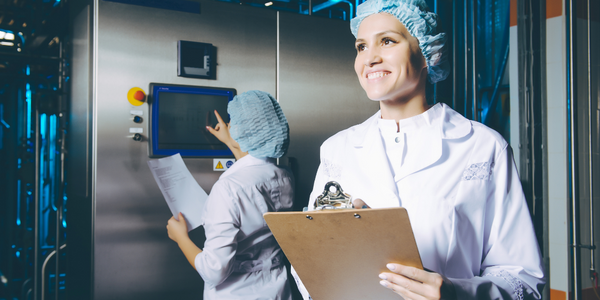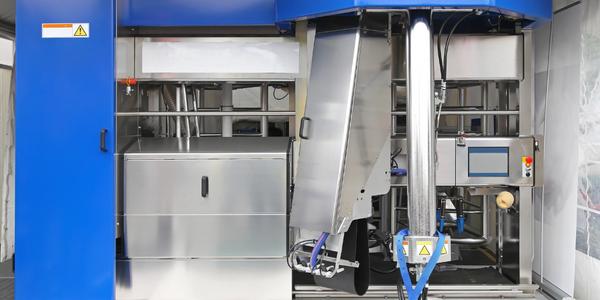Customer Company Size
SME
Region
- America
Country
- United States
Product
- Trumpia’s mobile text marketing
Tech Stack
- Mobile Keyword Technology
Implementation Scale
- Enterprise-wide Deployment
Impact Metrics
- Customer Satisfaction
- Brand Awareness
Technology Category
- Application Infrastructure & Middleware - API Integration & Management
Applicable Industries
- Agriculture
Applicable Functions
- Sales & Marketing
Use Cases
- Public Warning & Emergency Response
Services
- System Integration
About The Customer
The Mustang Heritage Foundation is a 501 (c)(3) public, charitable, nonprofit organization dedicated to facilitating successful adoptions for America’s excess mustang and burros. Founded in 2001, its mission is to help promote the Bureau of Land Management’s National Wild Horse and Burro Program and Increase the number of successful adoptions. The foundation holds eight non-profit competitions for horse enthusiasts across the country to highlight the value of training wild horses. The biggest event of the year is The Extreme Mustang Makeover Competition.
The Challenge
The Mustang Heritage Foundation holds eight non-profit competitions for horse enthusiasts across the country to highlight the value of training wild horses. It has always been challenging to receive live feedback from scattered audiences in real-time -while still maintaining overall fan satisfaction for event contests. During the biggest event of the year, The Extreme Mustang Makeover Competition, the Foundation implemented an innovative mobile voting campaign to help facilitate choosing the Fan Favorite Winner.
The Solution
Before the event, Creative Director Melissa Thorne knew there were 20 different mustangs that attendees could choose from for the Fan Favorite Award. The Mustang Heritage Foundation utilized audience cell phones, which have more than an 85% penetration rate in the US, to facilitate the process. Using Trumpia’s mobile keyword technology, fans could vote for their favorite mustang by texting the keyword assigned to their favorite and the results could be tallied in real time. During a live event it is nearly impossible to physically get all attendees in front of a computer or at a booth to put in their vote. Shortly after all wild horses had performed, Thorne’s coordinators promoted Trumpia’s mobile keywords through microphone announcements, a large banner, and several signs held up around the crowd. Each mustang had a contestant number attached to its saddle near the hip so the audience could send in their choice through this method.
Operational Impact
Quantitative Benefit

Case Study missing?
Start adding your own!
Register with your work email and create a new case study profile for your business.
Related Case Studies.
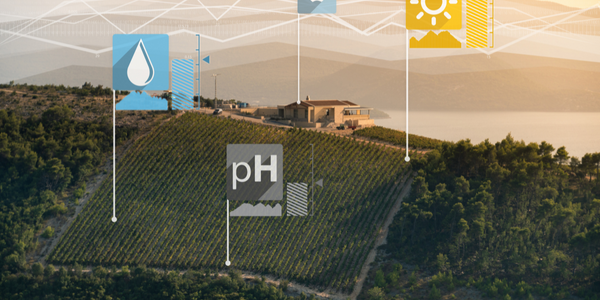
Case Study
Intelligent Farming with ThingWorx Analytics
Z Farms was facing three challenges: costly irrigation systems with water as a limited resource, narrow optimal ranges of soil moisture for growth with difficult maintenance and farm operators could not simply turn on irrigation systems like a faucet.
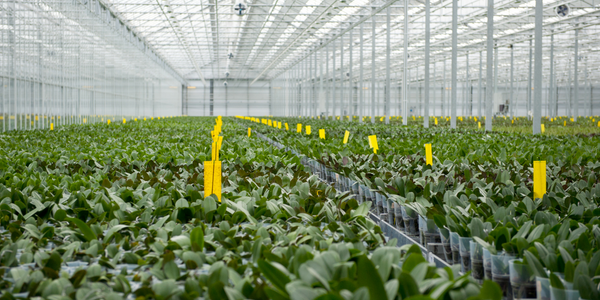
Case Study
Greenhouse Intelligent Monitoring and Control Solution
Farming Orchids is the most successful form of precision farming in Taiwan, and also the most exported flower. Orchids need a specific temperature and humidity conditions to grow and bloom, and its flowering time may not be in line with market demands, so the price collapses when there is overproduction. Therefore, some farmers began to import automated greenhouse control systems for breeding and forcing, which not only improves quality, but also effectively controls the production period and yield to ensure revenue. In 2012, an orchid farmer built a Forcing Greenhouse of about 200 pings (approximately 661 Square Meters) in Tainan, Taiwan. The system integrator adopted Advantech’s APAX-5000 series programmable automation controllers to build the control platform, coupled with Advantech WebAccess HMI/SCADA software, to achieve cloud monitoring. The staff of the orchid field can monitor important data anytime via smart phone, iPad, and other handheld devices, and control the growth and flowering conditions. System requirements: In the past, most environmental control systems of orchid greenhouses in Taiwan used PLCs (Programmable Logic Controller) with poorscalability and control, and could not be connected to the Internet formonitoring from the cloud. For advanced database analysis and networking capability, the PC platform must be adopted. Therefore, PAC Systems (Programmable Automation Controller) with both PLC programming capabilities andPC functions is a better choice.The environmental control of the Orchid greenhouse switches on and off devices like fan, shade net, cooling/heat pump, liquid flow control, water-cooling wall etc. It is controlled by a control panel of electric controllers, and is driven by a motor, to adjust the greenhouse temperature, humidity, and other environmental conditions to the set parameters.
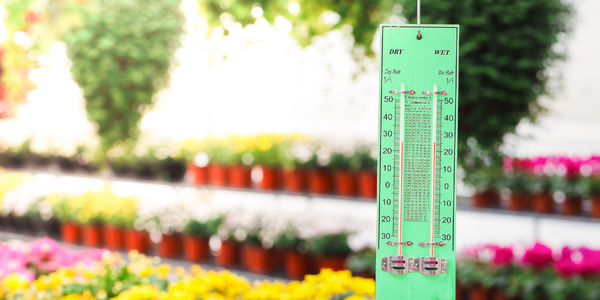
Case Study
Precision beekeeping with wireless temperature monitoring
Honeybees are insects of large economic value and provide a vital service to agriculture by pollinating a variety of crops. In addition, bees provide us with valuable products such as honey, beeswax, propolis, bee venom, etc. Monitoring of honeybee colony health, population, productivity, and environmental conditions affecting the colony health have always been exceedingly difficult tasks in apiculture. Research has shown that even small deviations (by more than 2°C) from the optimal temperatures have a significant influence on the development of the brood and the health of adult bees.
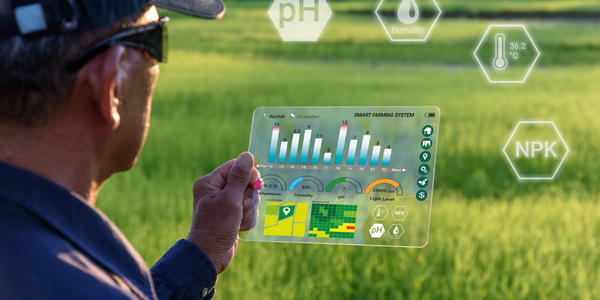
Case Study
Enabling Internet of Things Innovation in Agriculture
DigiBale, wanted to apply technology know-how and IP from implementations successfully to more agriculture sectors including cotton, forestry, sugarcane and cattle. However, farmers and growers still have worries about the connected technology.







